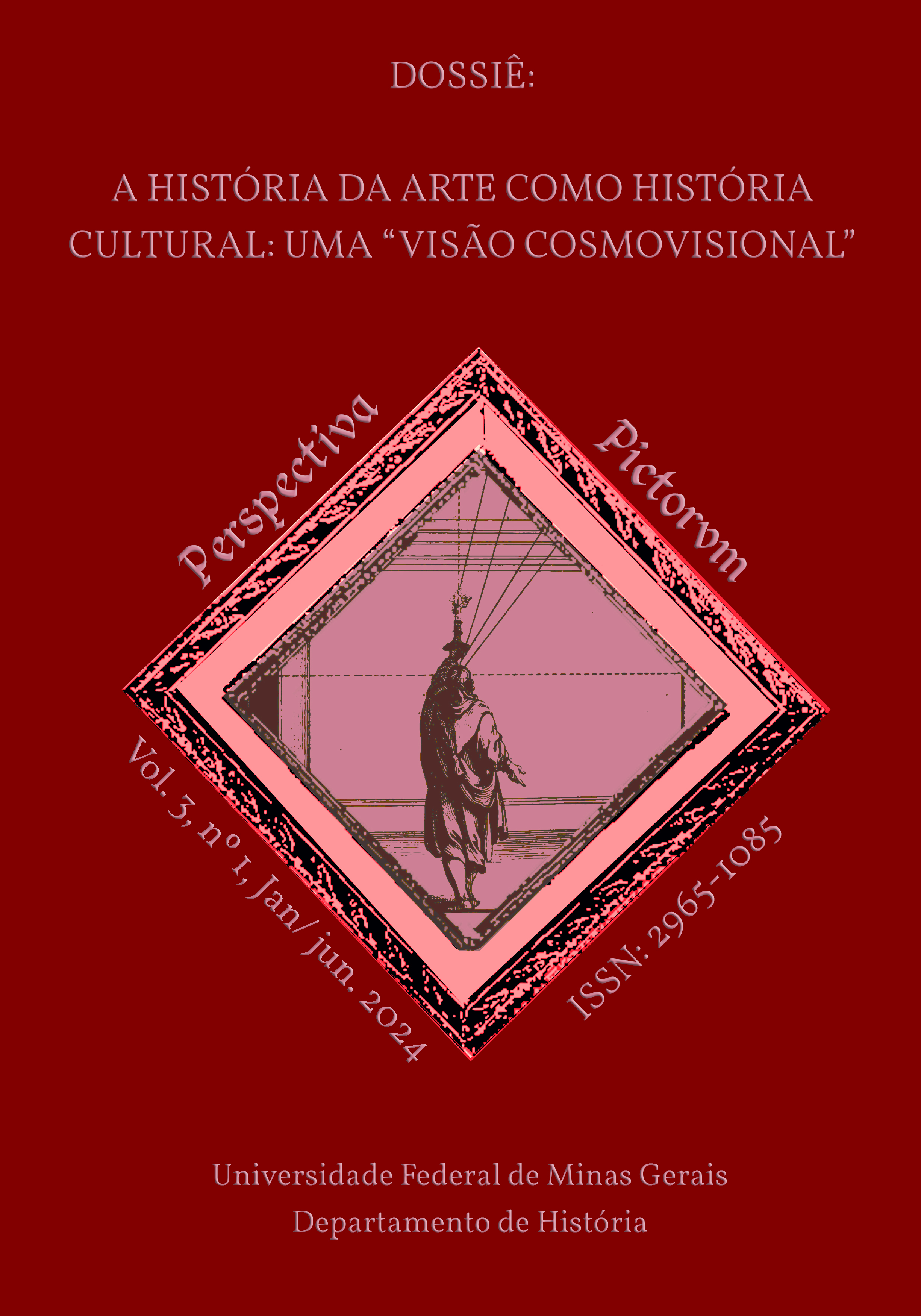Published 2024-09-25
How to Cite
Copyright (c) 2024 Maria Teresa Bartoli

This work is licensed under a Creative Commons Attribution-NonCommercial 4.0 International License.
Abstract
In the room of Uffizi Museum that houses the three panels of Madonnas in Maestà by Duccio, Cimabue and Giotto, the arrangement of the three works expresses a value judgment on them: in the middle of the central wall, detached from it, is Giotto's work, put so that the back of the panel can also be seen; on the right is the work by Cimabue, on the left the work by Duccio. The compositional and geometric characteristics of the three paintings reveal a progressive growth in complexity of the structure of the composition, due to the progressive expansion of the contents of the messages entrusted to the painting and the expressive abilities of the painters. From the orderly distribution of the angels around the throne of the Virgin by Duccio to the elongated image of Cimabue which broadens the references to the biblical ancestors in a vertical arrangement combined with the search for spatial depth, up to the novelty of the perspective view introduced by Giotto, a progression manifests itself in a surprising and unexpected way in the selection of numbers readable in the geometry of the tables, with the transition from biblical numbers to the Fibonacci series, and in the perspective architectural three-dimensionality of the drawing.
Keywords: Madonne;

